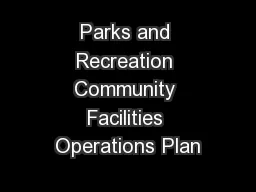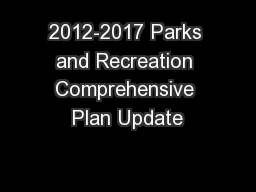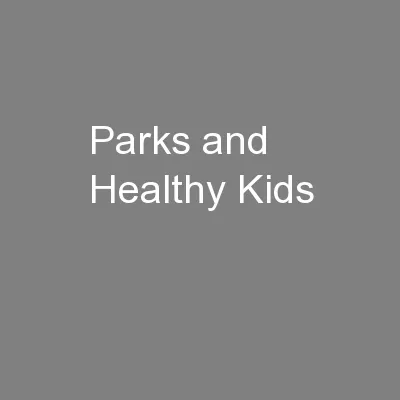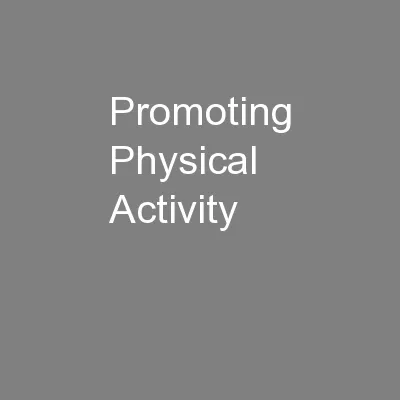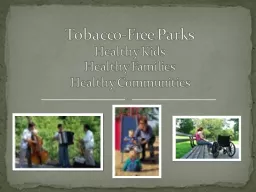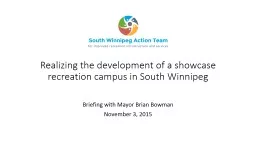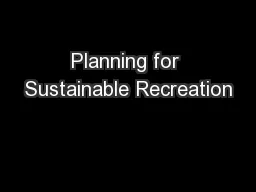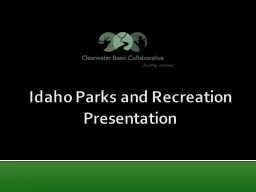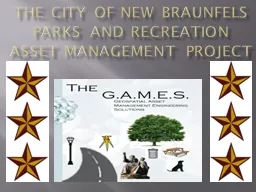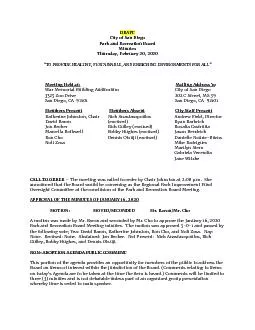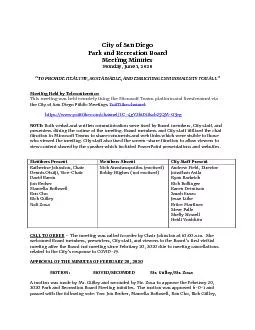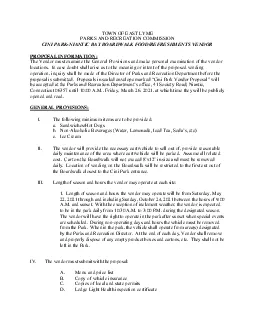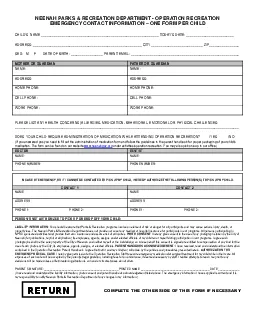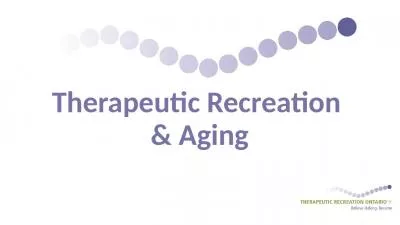PPT-Parks and Recreation Community Facilities Operations Plan
Author : faustina-dinatale | Published Date : 2015-11-10
Findings Presentation Presented to August 2013 Agenda Project Planning Process Community Input Demographics Program amp Facility Analysis Individual Community
Presentation Embed Code
Download Presentation
Download Presentation The PPT/PDF document "Parks and Recreation Community Facilitie..." is the property of its rightful owner. Permission is granted to download and print the materials on this website for personal, non-commercial use only, and to display it on your personal computer provided you do not modify the materials and that you retain all copyright notices contained in the materials. By downloading content from our website, you accept the terms of this agreement.
Parks and Recreation Community Facilities Operations Plan: Transcript
Download Rules Of Document
"Parks and Recreation Community Facilities Operations Plan"The content belongs to its owner. You may download and print it for personal use, without modification, and keep all copyright notices. By downloading, you agree to these terms.
Related Documents

